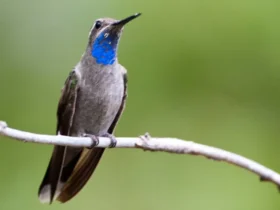Within the lush rainforests of the Neotropics, a symphony of colors and melodies unfolds. Among the many avian gems that grace these habitats, the multicolored tanager (Chlorochrysa nitidissima) stands out as a true spectacle of nature. In this article, we will delve into the fascinating world of this feathered marvel, exploring its characteristics, habitat, and the significance of its presence in the Neotropical ecosystem.
Multicolored Tanager images
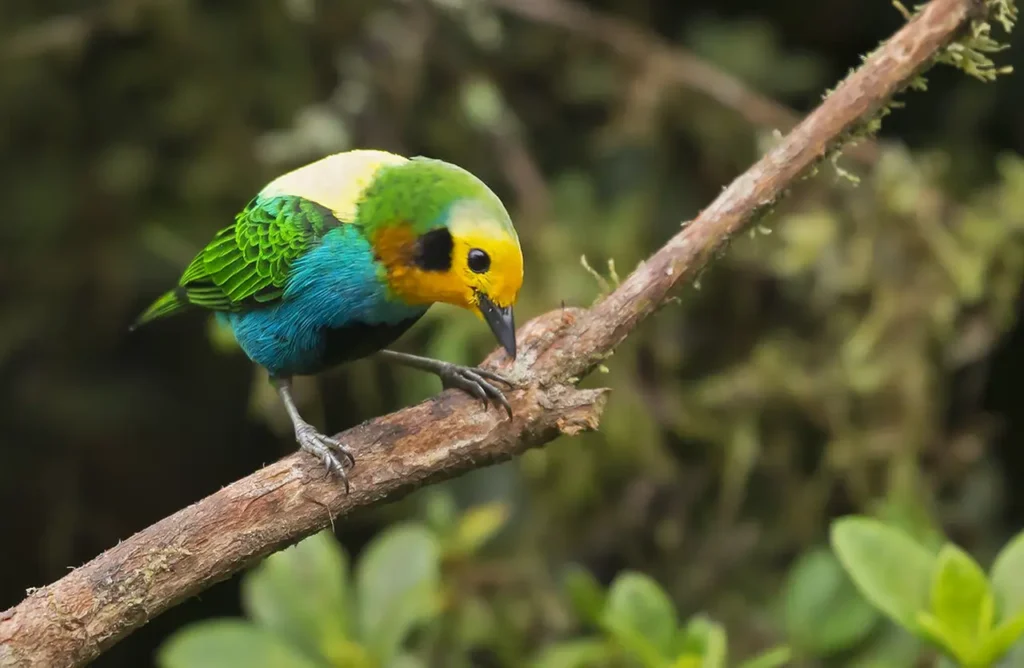
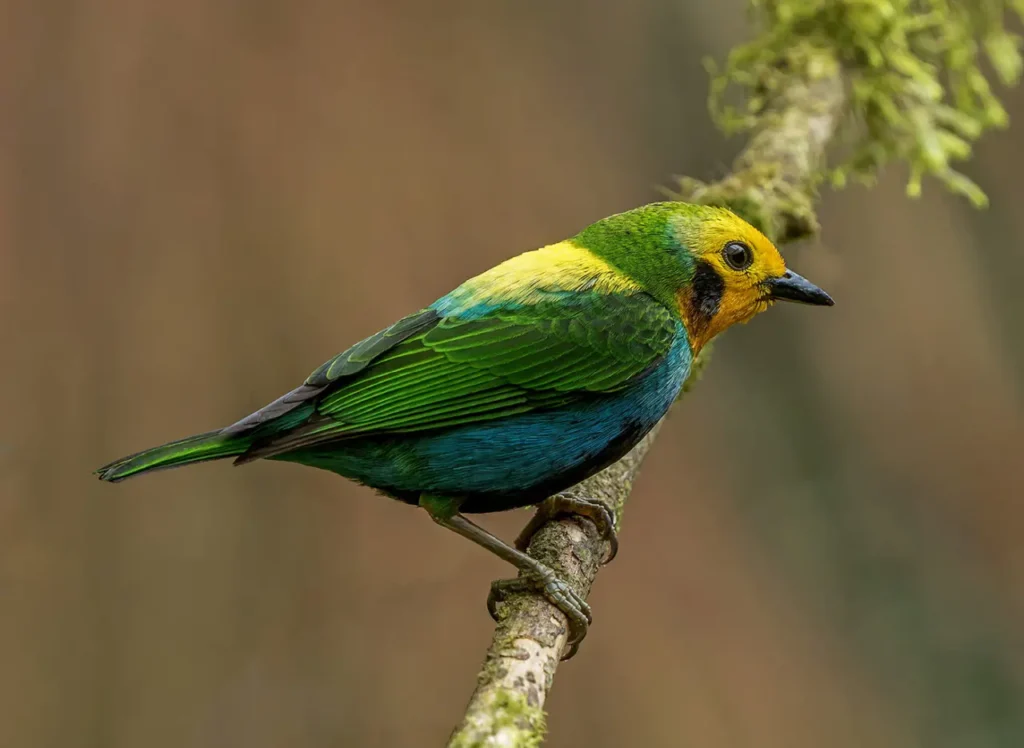
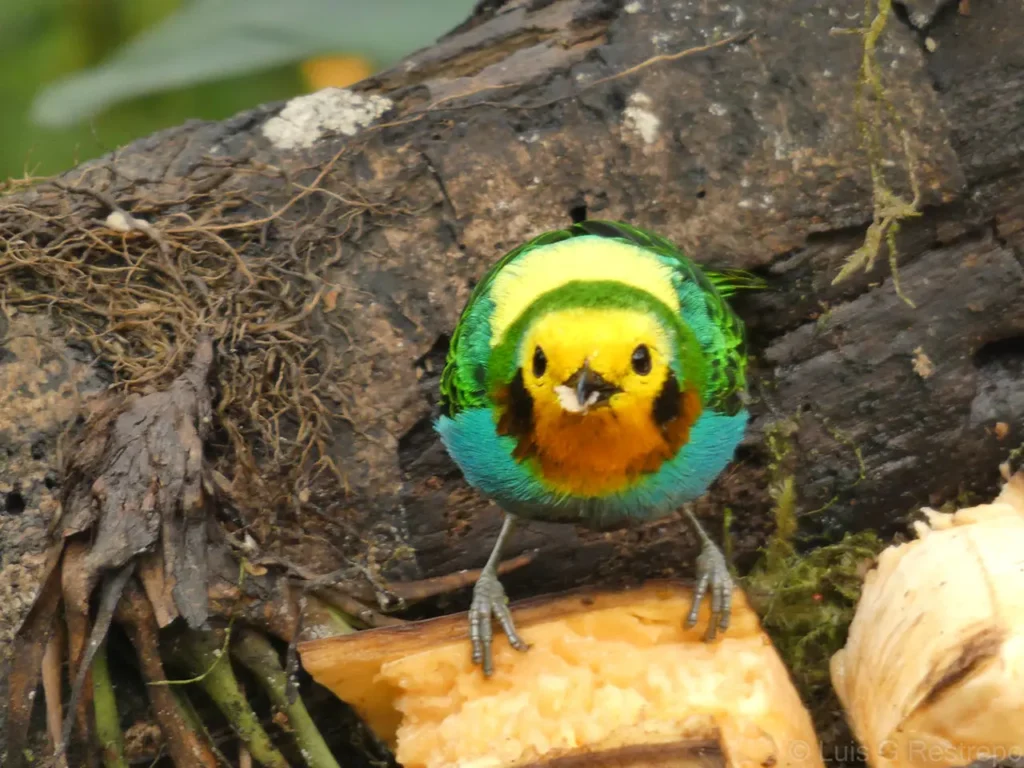
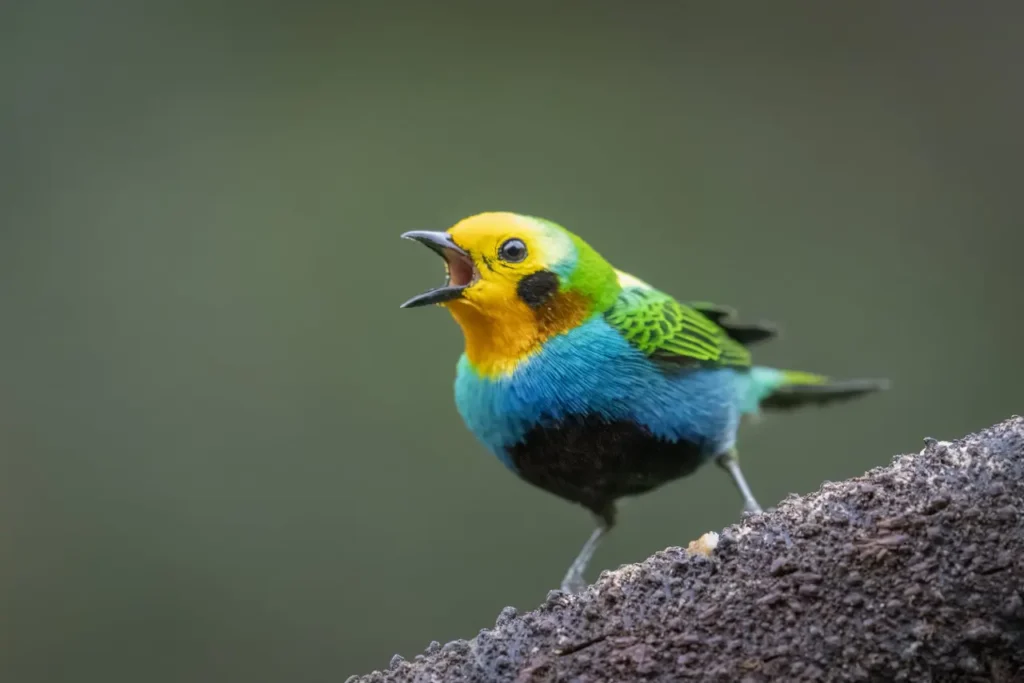
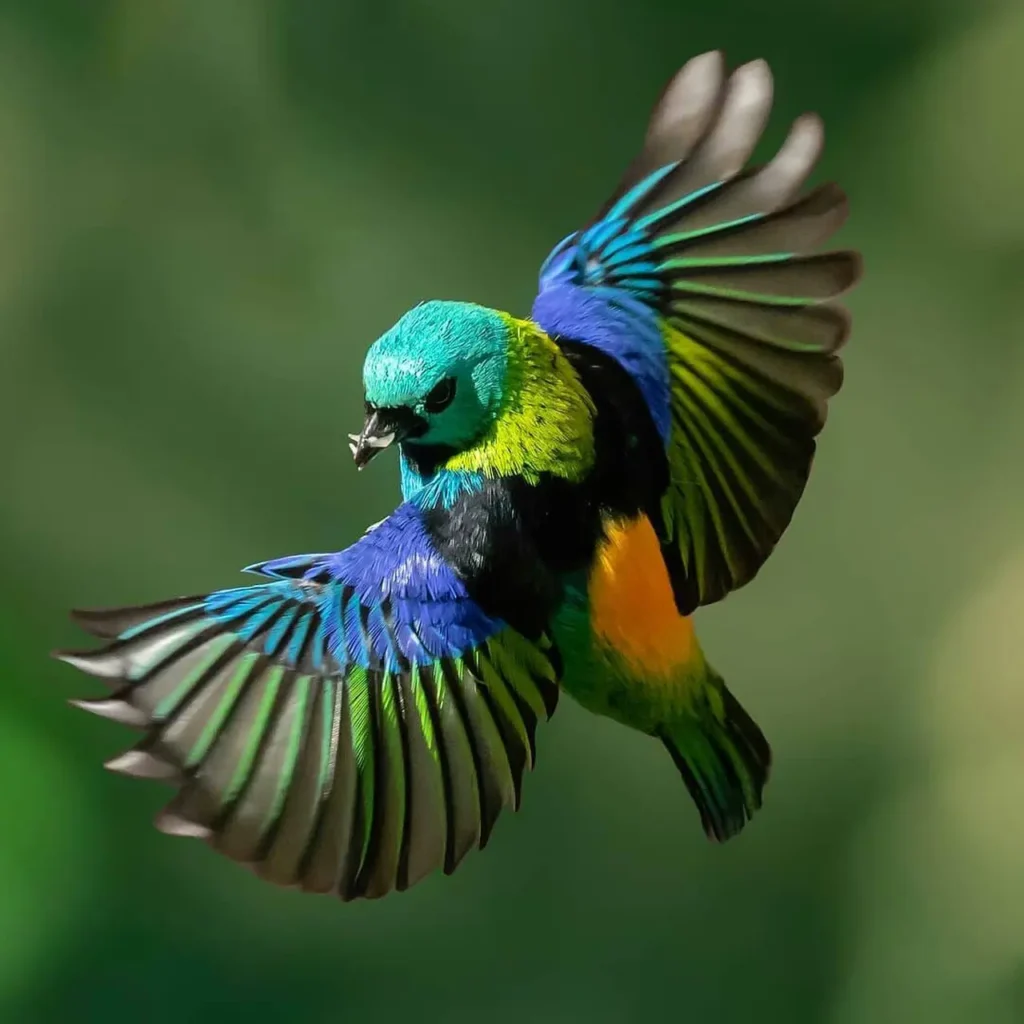
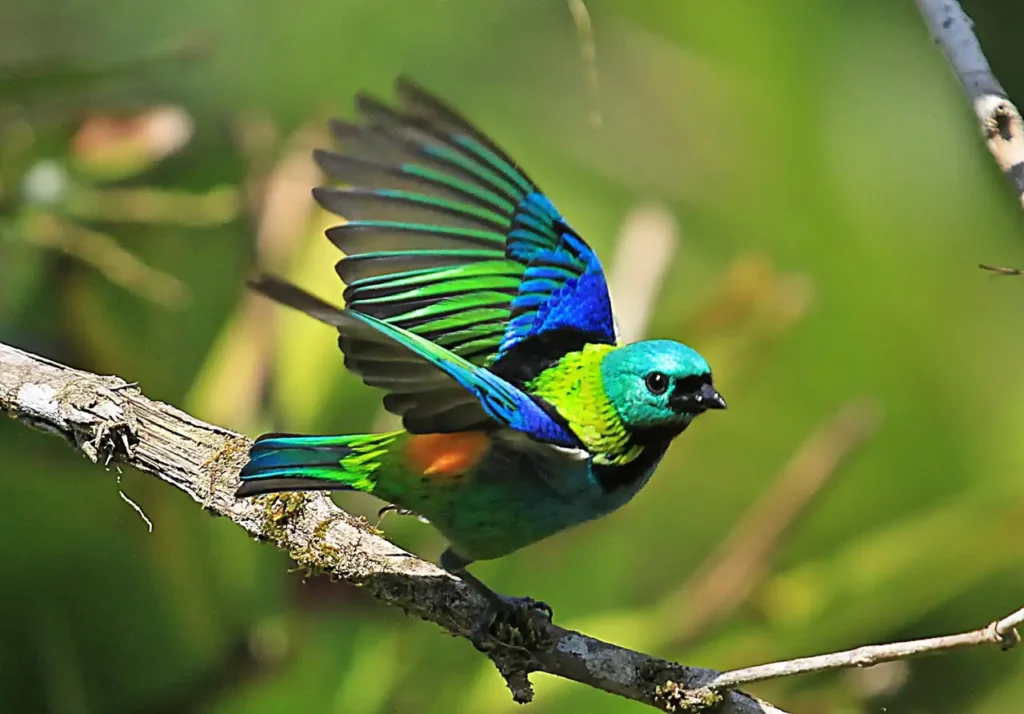
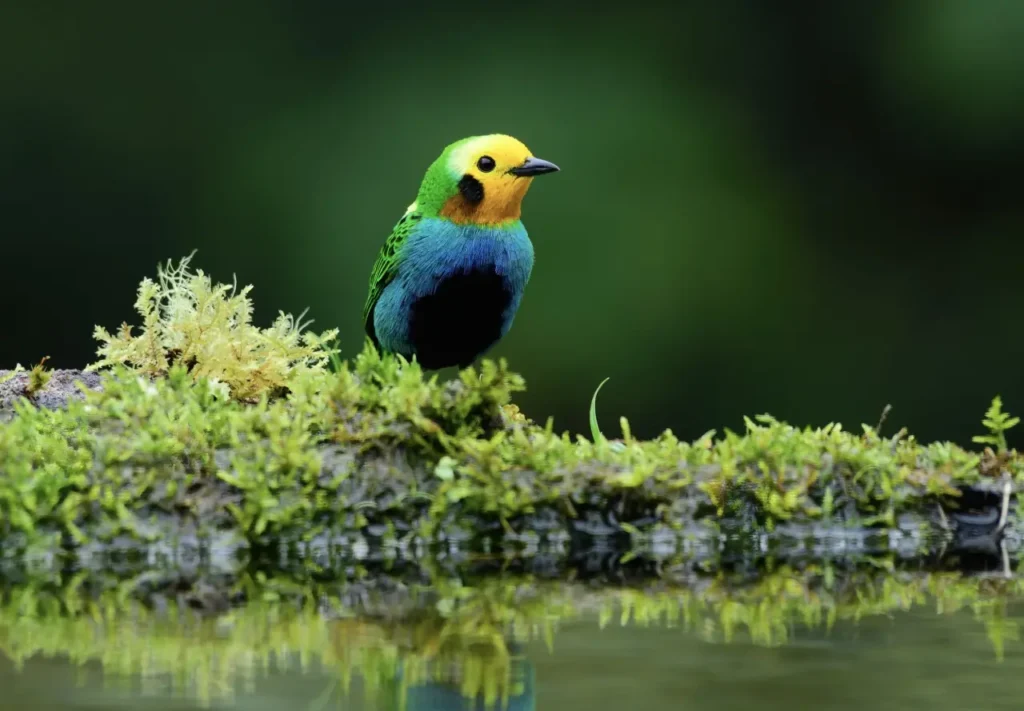
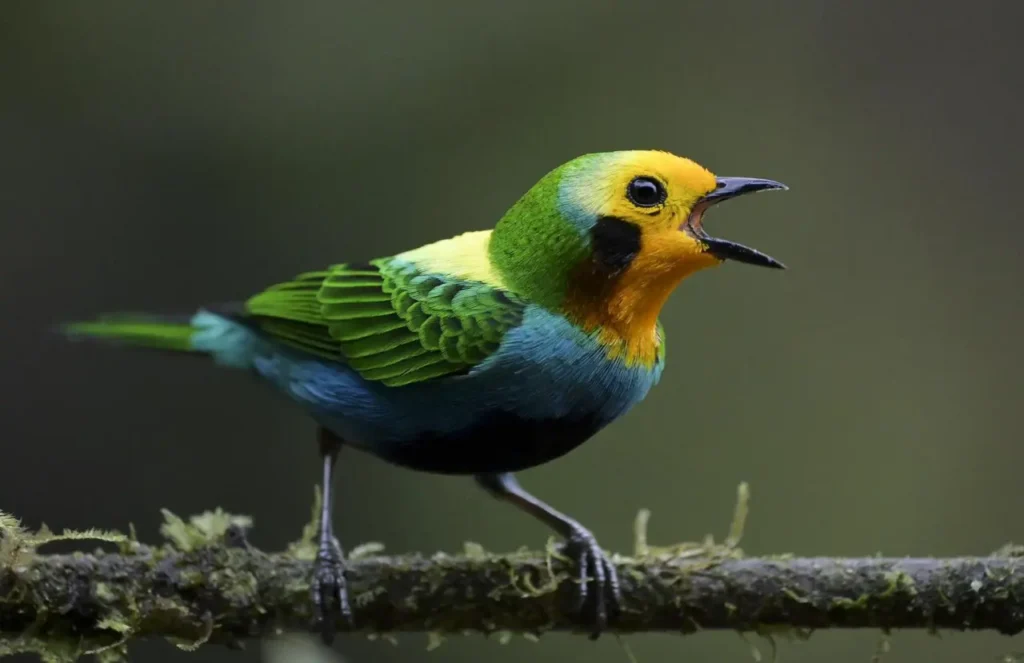
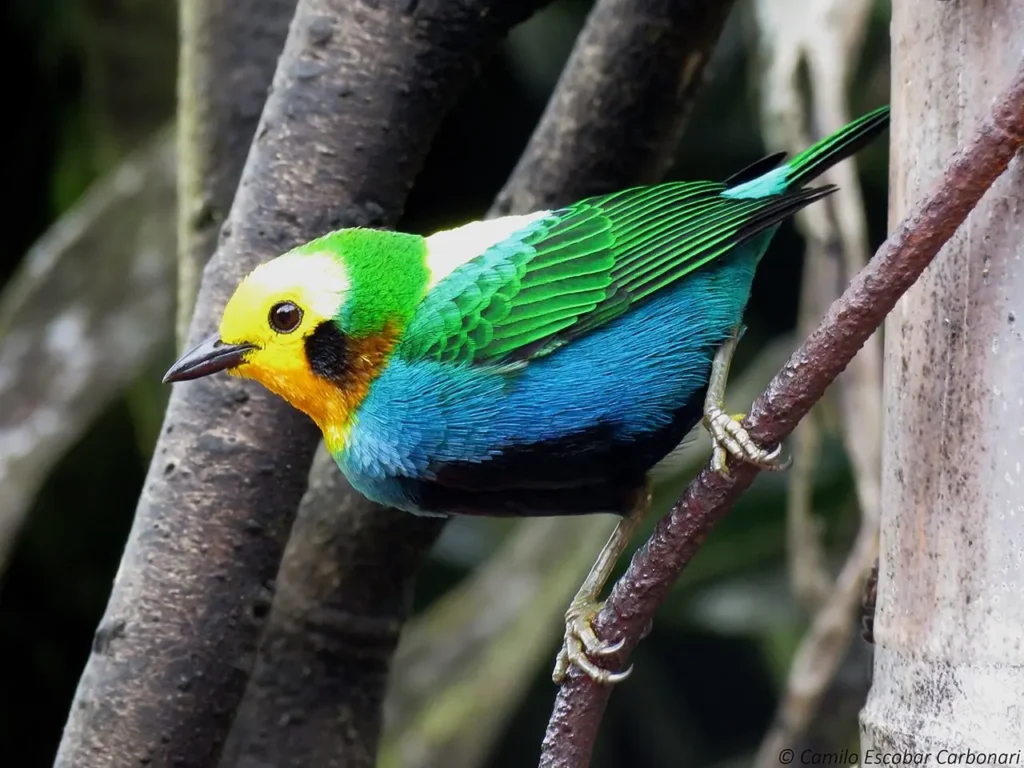
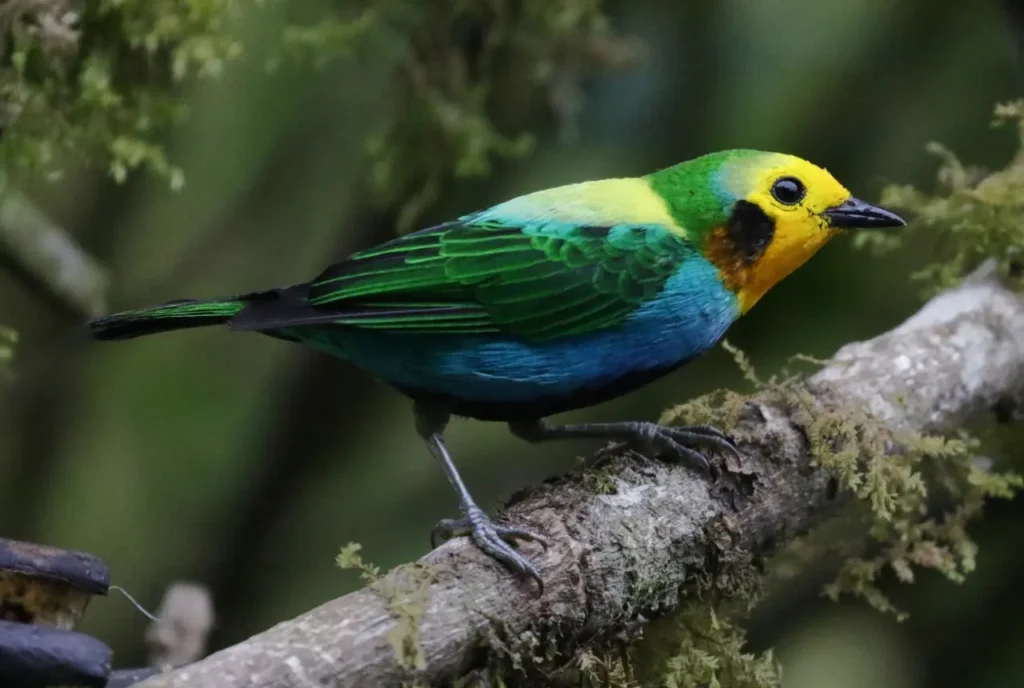
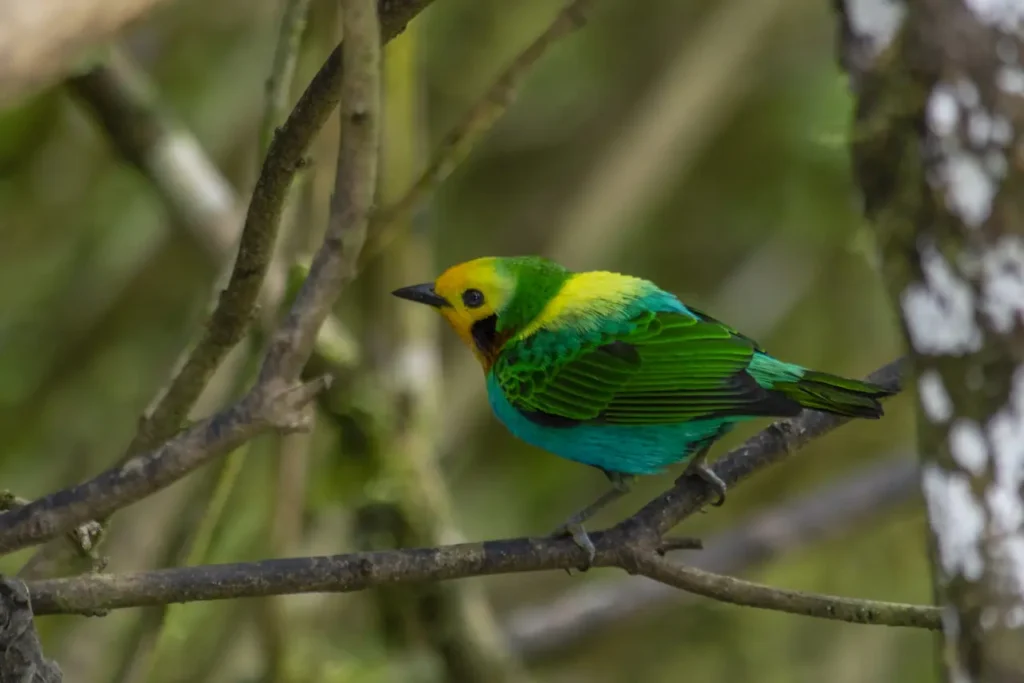
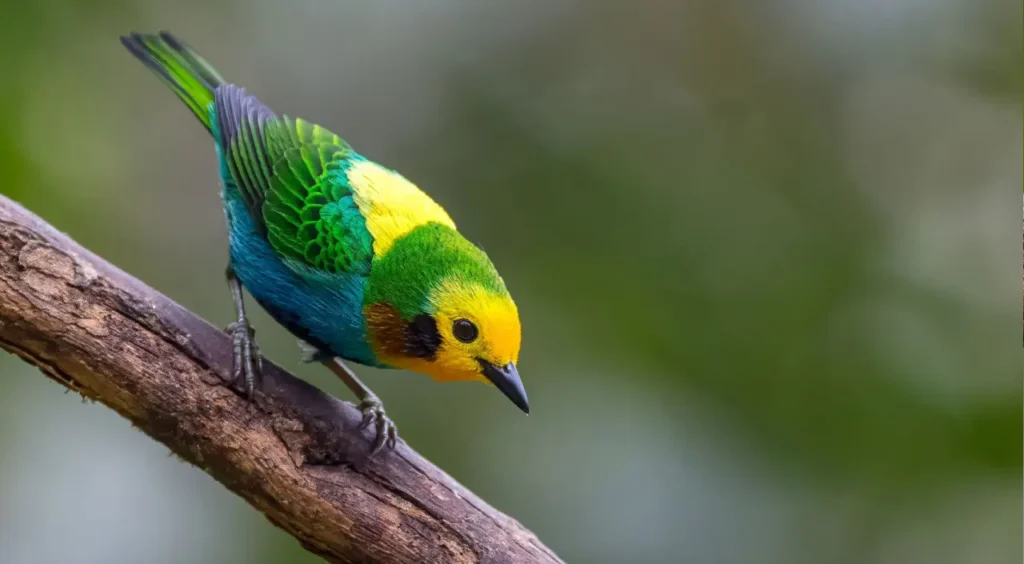
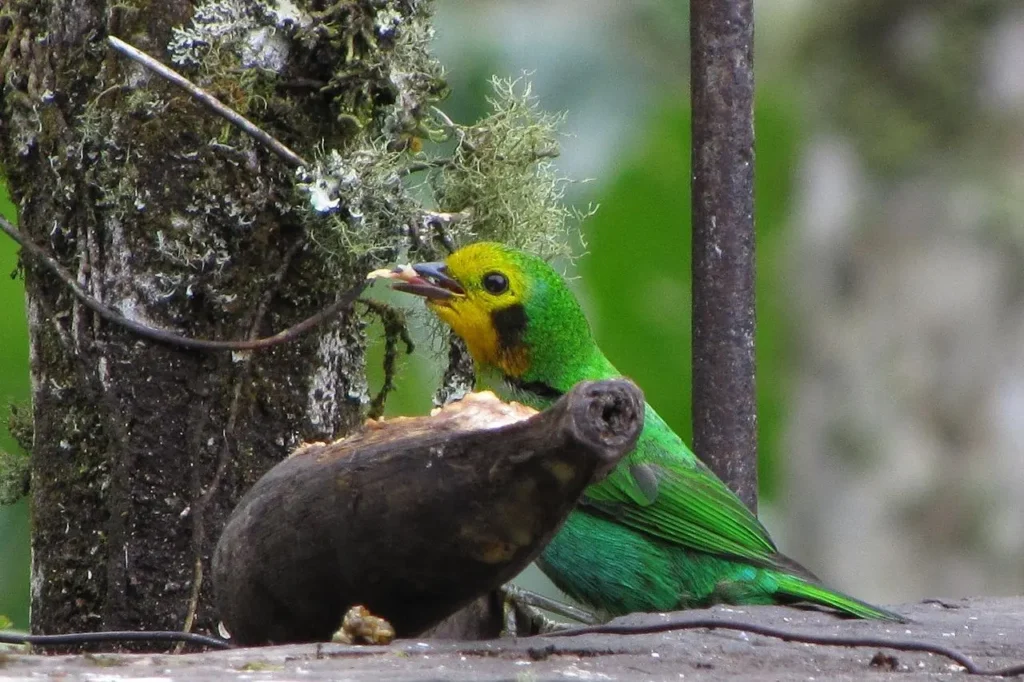
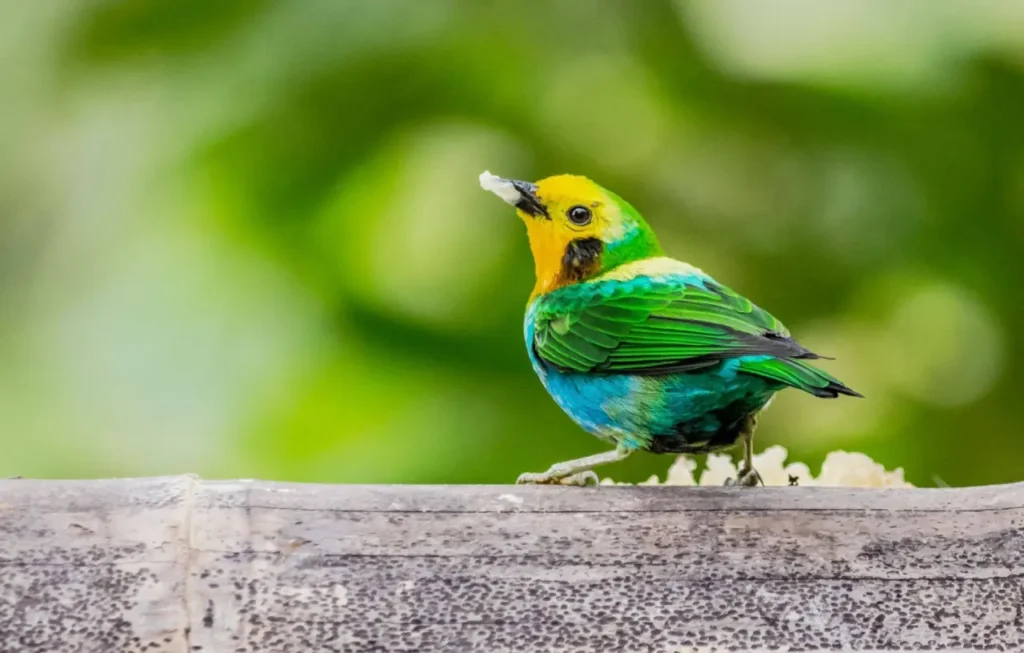
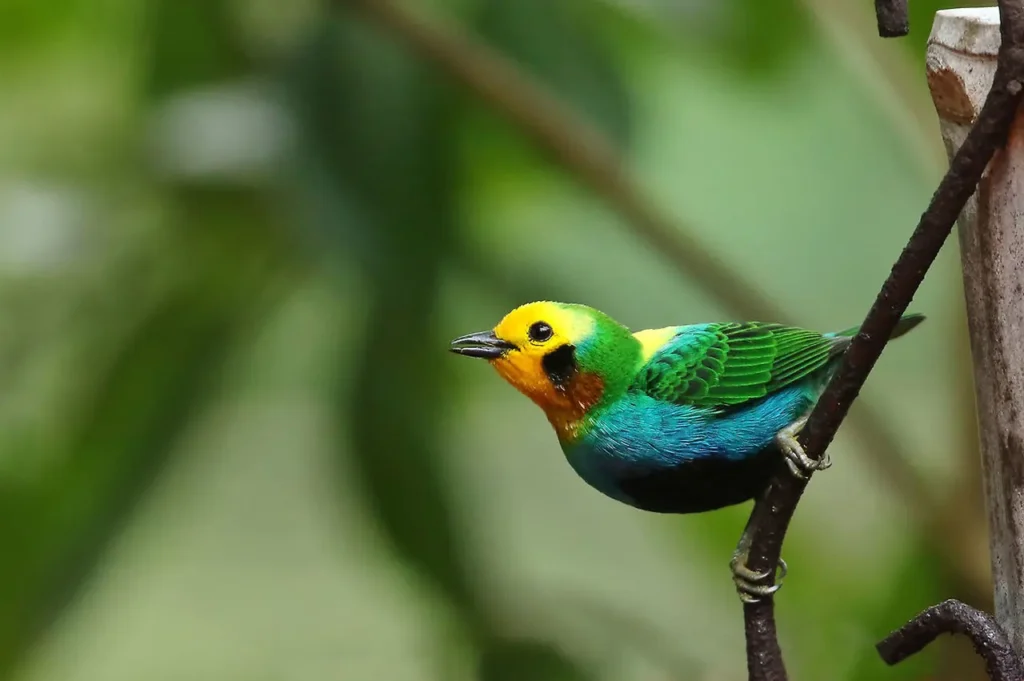
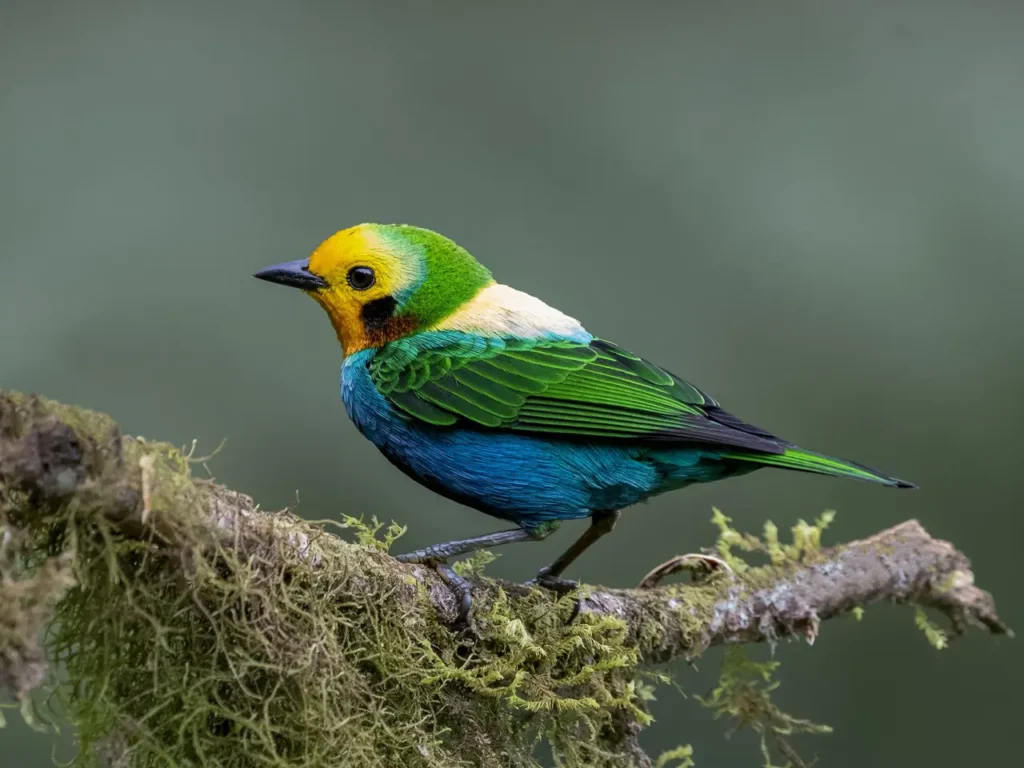
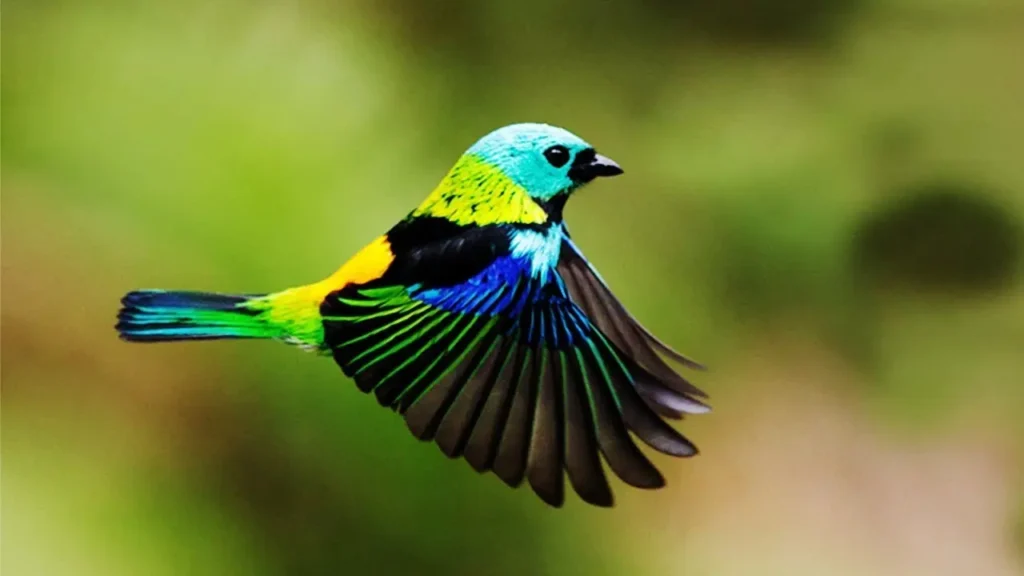
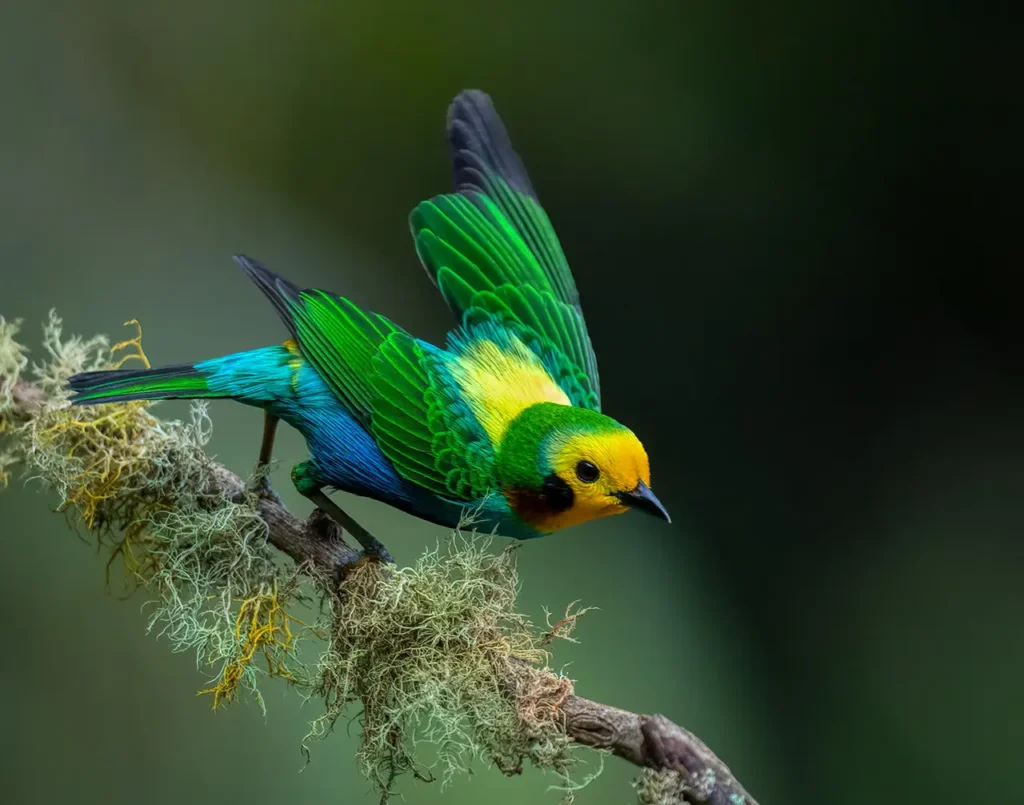
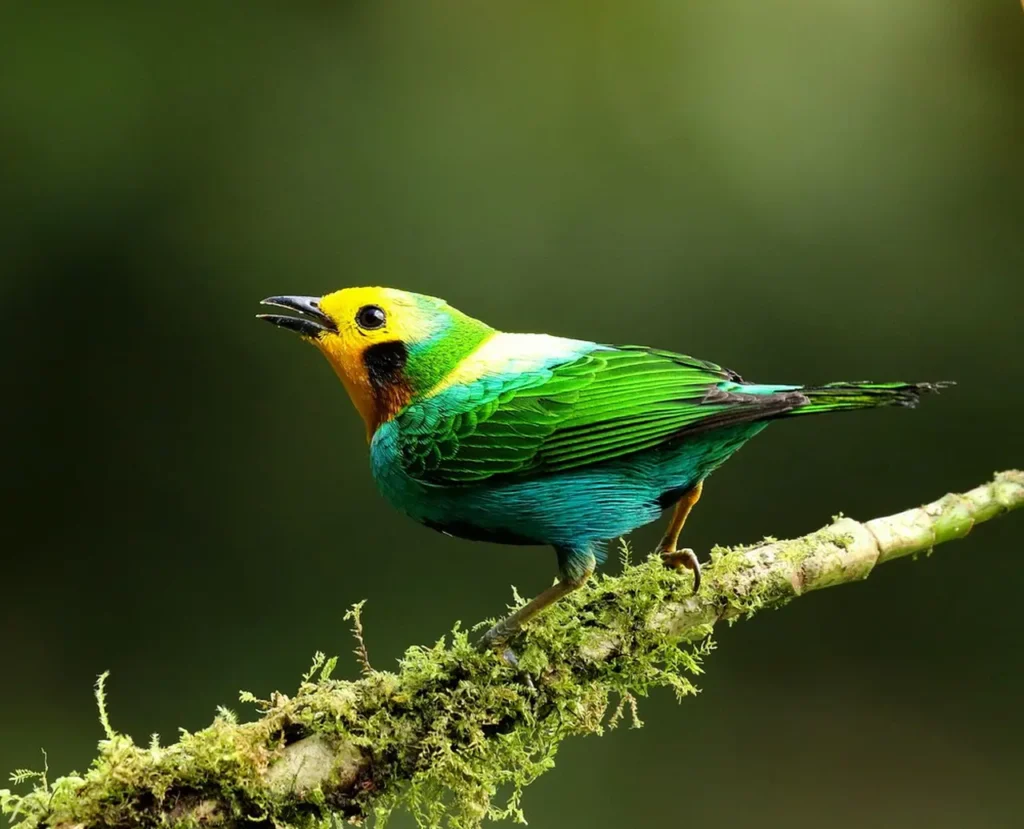
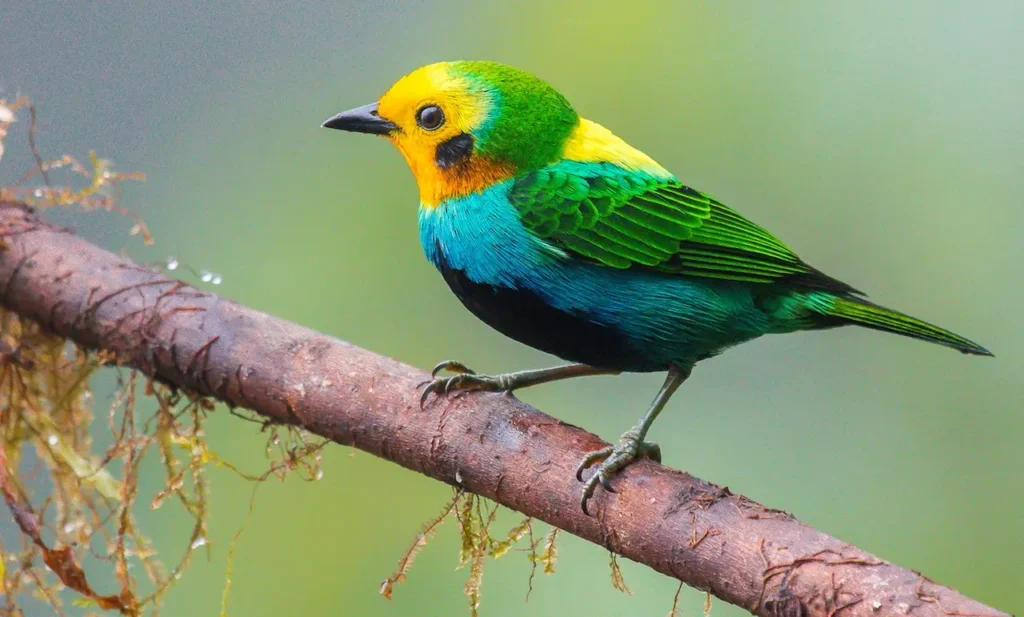
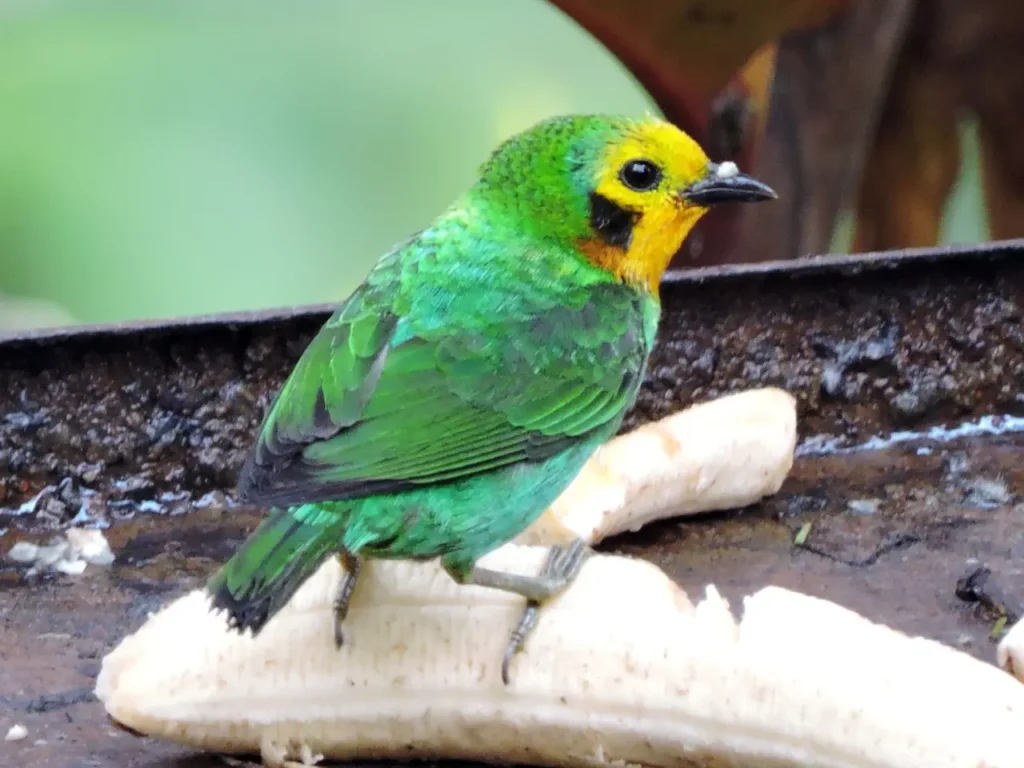
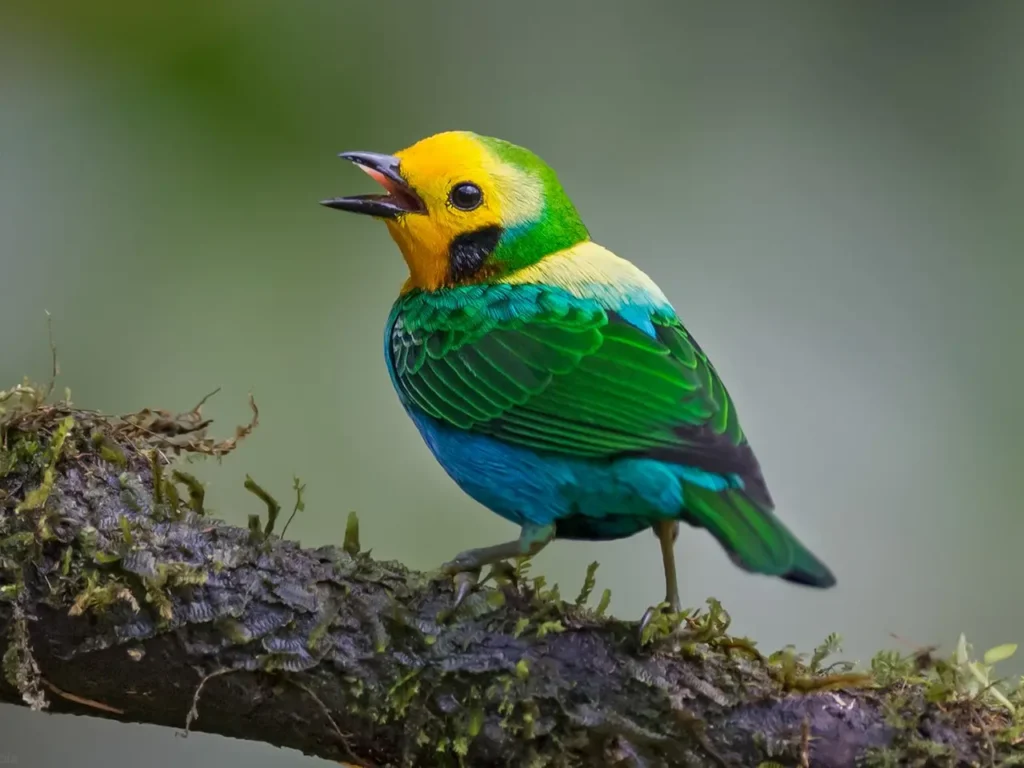
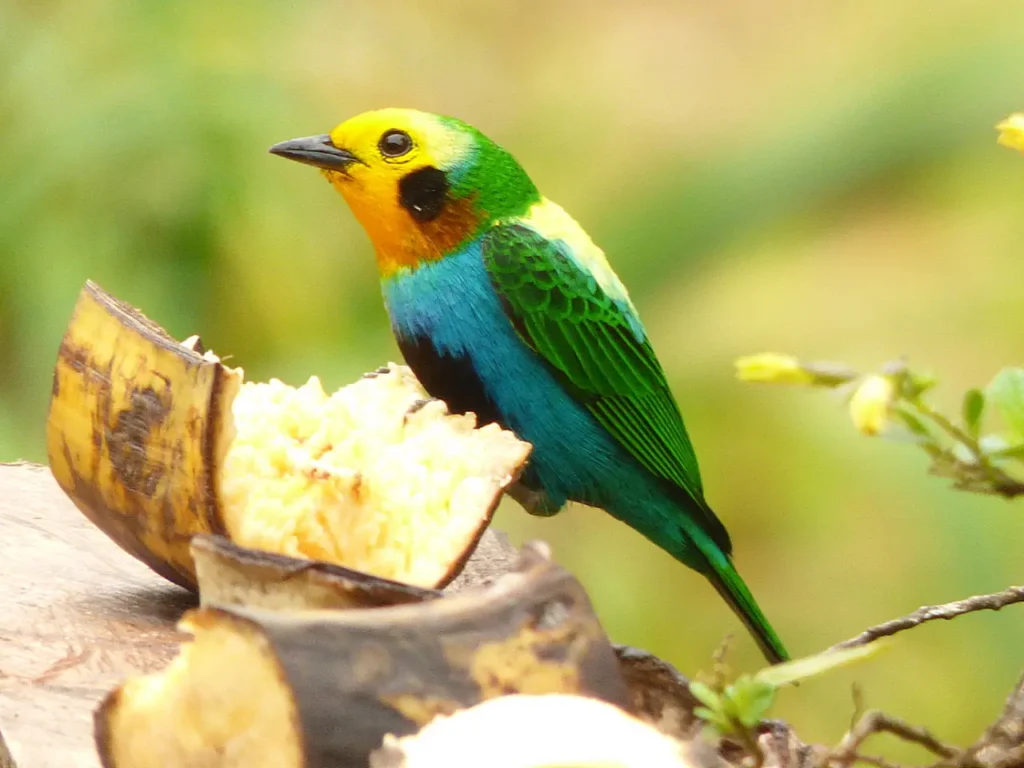
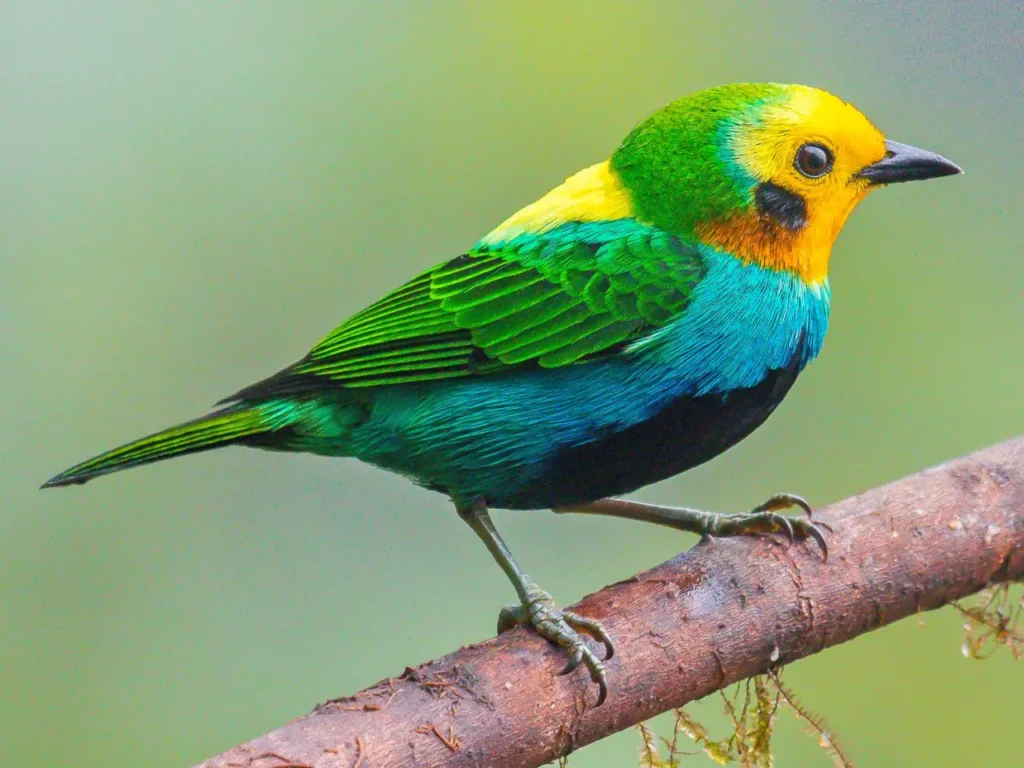
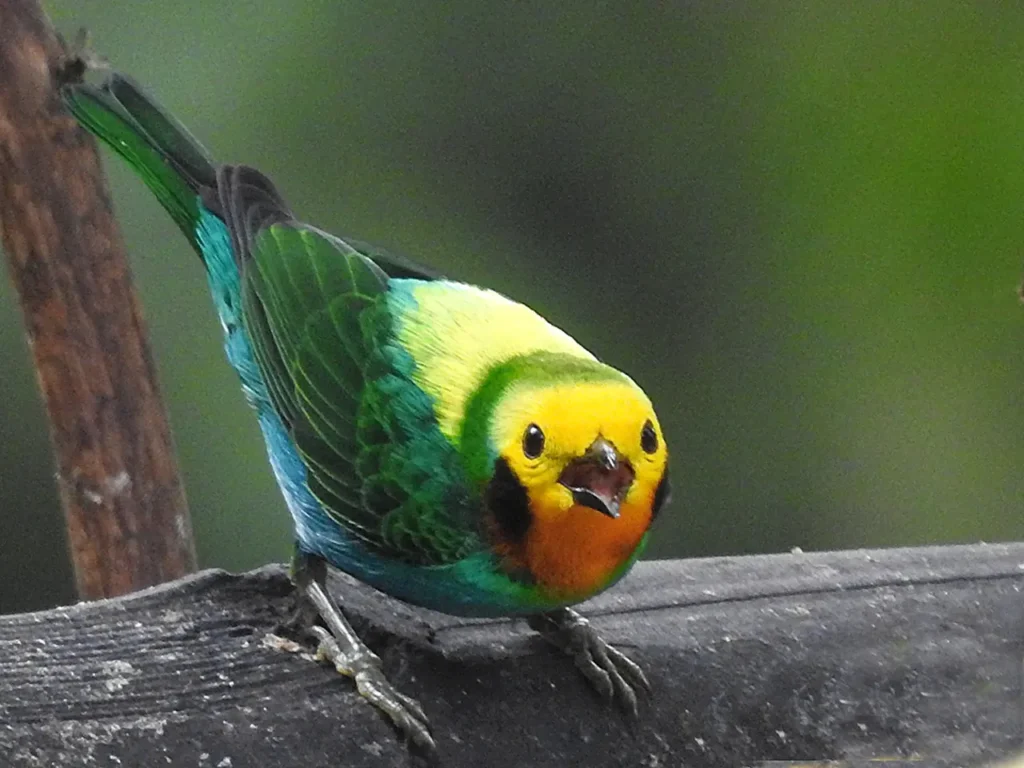
Appearance and Range
The multicolored tanager showcases a breathtaking palette of colors that are reminiscent of a painter’s vibrant strokes. Its plumage consists of a kaleidoscope of brilliant hues, ranging from deep velvety blues and emerald greens to fiery oranges and sunny yellows. The male boasts a more extravagant plumage than the female, with bold coloration that captures the eye.
This stunning species is endemic to the cloud forests and montane regions of the northern Andes, primarily found in Colombia and Ecuador. Its restricted range emphasizes the importance of conserving these unique ecosystems to protect the multicolored tanager and other endemic species.
Ecology and Behavior
The multicolored tanager is a small to medium-sized passerine bird, known for its agile and acrobatic movements among the treetops. It thrives in the dense vegetation of cloud forests, where it actively forages for a variety of fruits, berries, and insects. The tanager’s diet contributes to seed dispersal, making it a vital agent in maintaining the balance of the forest ecosystem.
During the breeding season, the male multicolored tanager becomes even more spectacular. He engages in elaborate courtship displays, showcasing his vibrant plumage and singing enchanting melodies to attract a mate. These courtship rituals often involve aerial displays and intricate posturing, reflecting the male’s dedication to securing a partner and ensuring successful reproduction.
Conservation Status and Threats
While the multicolored tanager is not currently listed as endangered, it faces several threats that warrant conservation attention. Habitat loss and fragmentation due to deforestation pose significant challenges to this species. The conversion of forests into agricultural lands, as well as logging and urbanization, directly impact the availability of suitable habitats for the tanager and other forest-dwelling species.
Climate change is another growing concern. The multicolored tanager’s montane habitat is particularly vulnerable to temperature changes, altering the distribution of suitable conditions for the species. Increased habitat degradation and disturbance due to human activities further compound the challenges faced by these stunning birds.
Conservation Efforts
Numerous organizations and local communities are actively working towards the preservation of the multicolored tanager and its habitat. Conservation initiatives include the establishment of protected areas, reforestation projects, and the promotion of sustainable land-use practices. Additionally, ecotourism efforts centered around birdwatching contribute to local economies while raising awareness about the importance of conserving these unique species.
The multicolored tanager represents the embodiment of nature’s artistic brilliance, showcasing an awe-inspiring array of colors within the Neotropical rainforests. As guardians of these invaluable habitats, it is our responsibility to ensure the preservation of these ecosystems and the incredible biodiversity they harbor. By appreciating and protecting species like the multicolored tanager, we can contribute to the sustainable future of our planet and the preservation of its natural wonders for generations to come.
